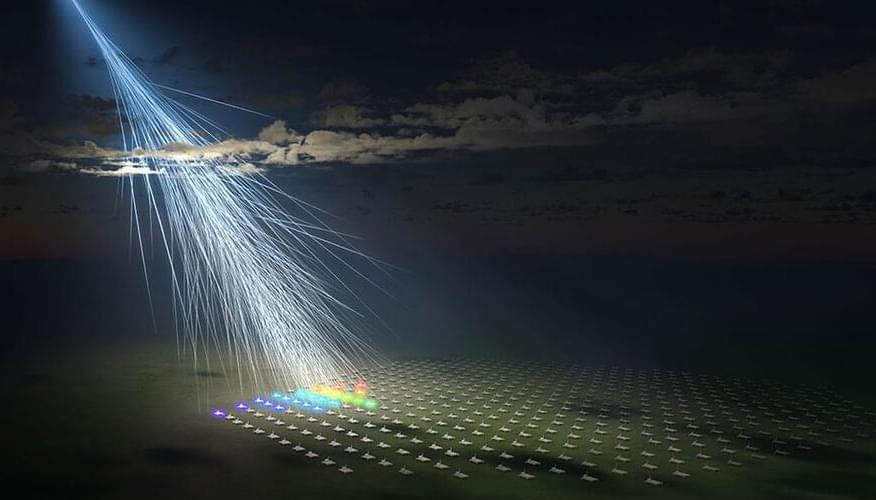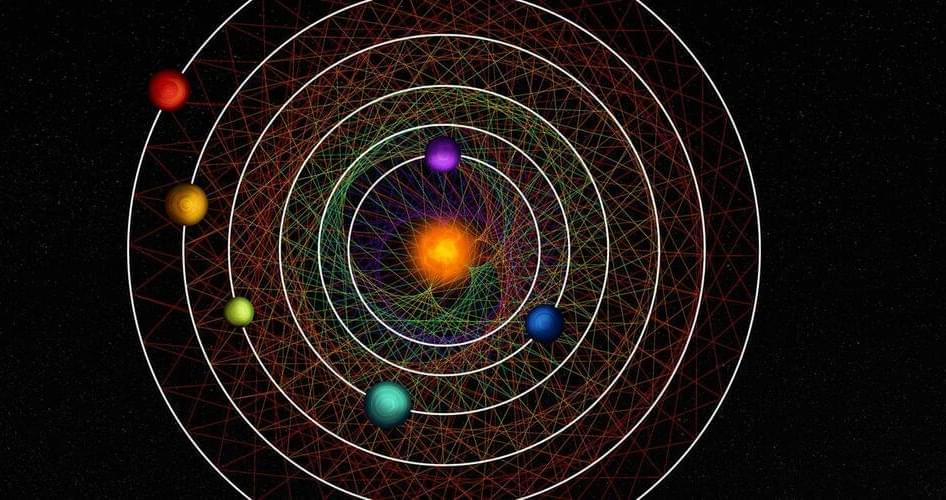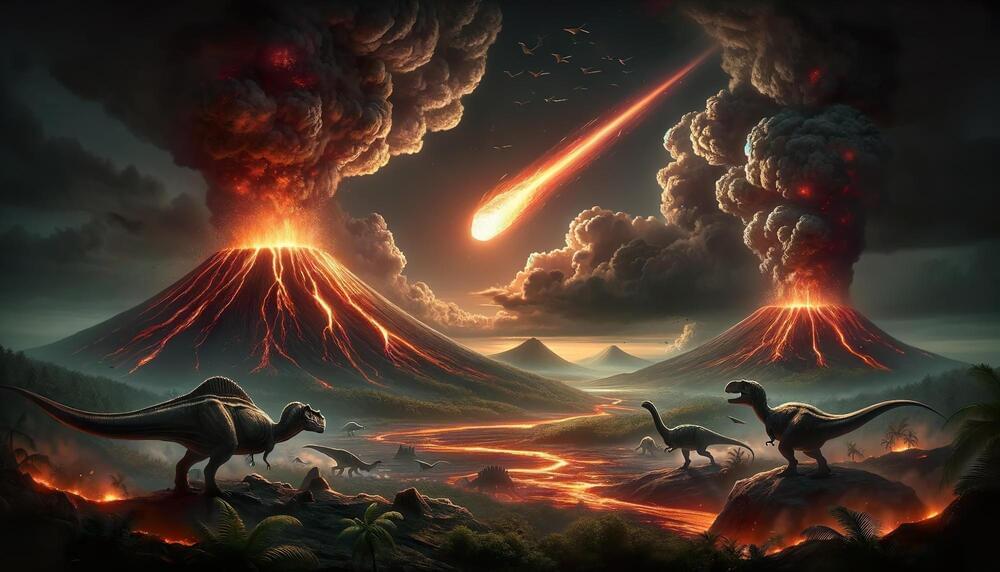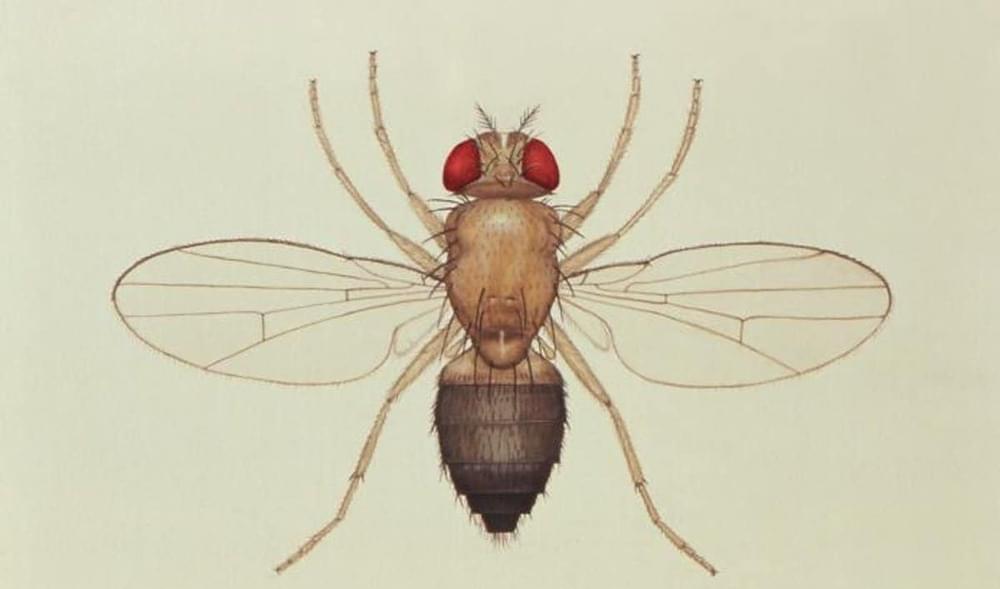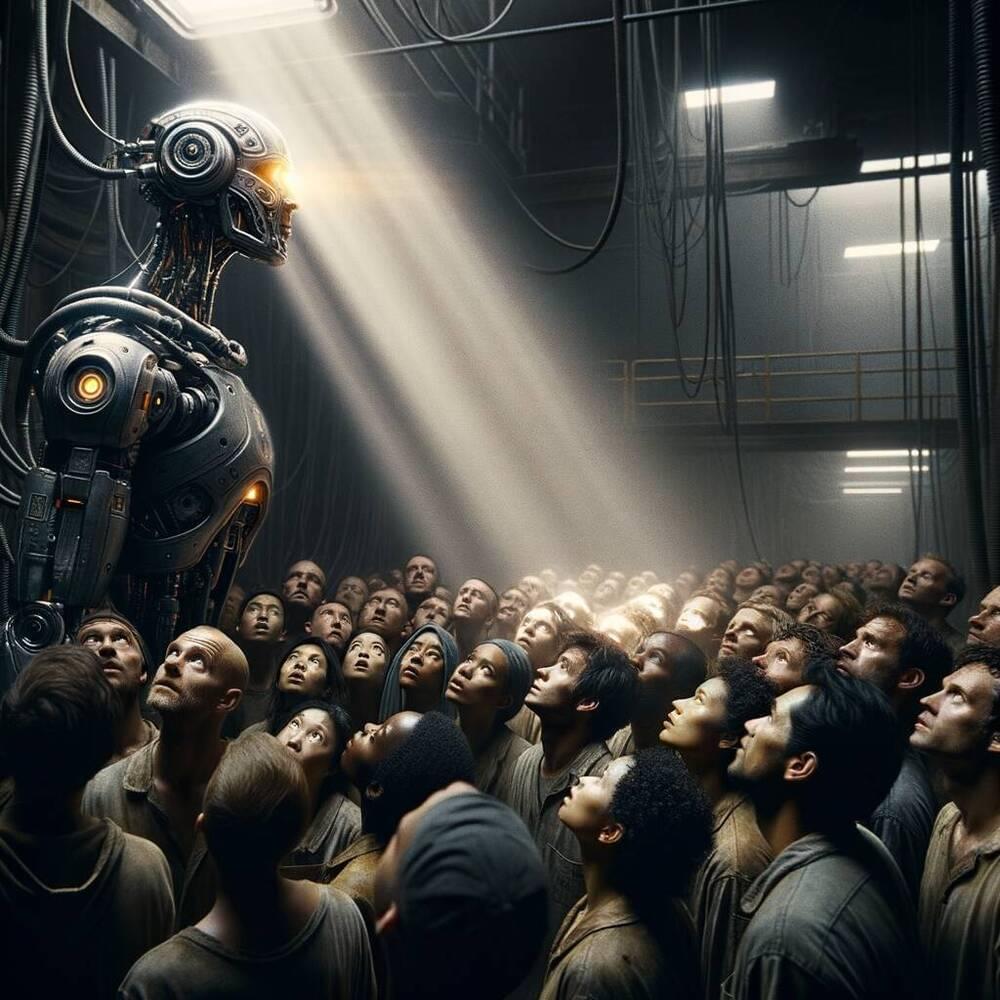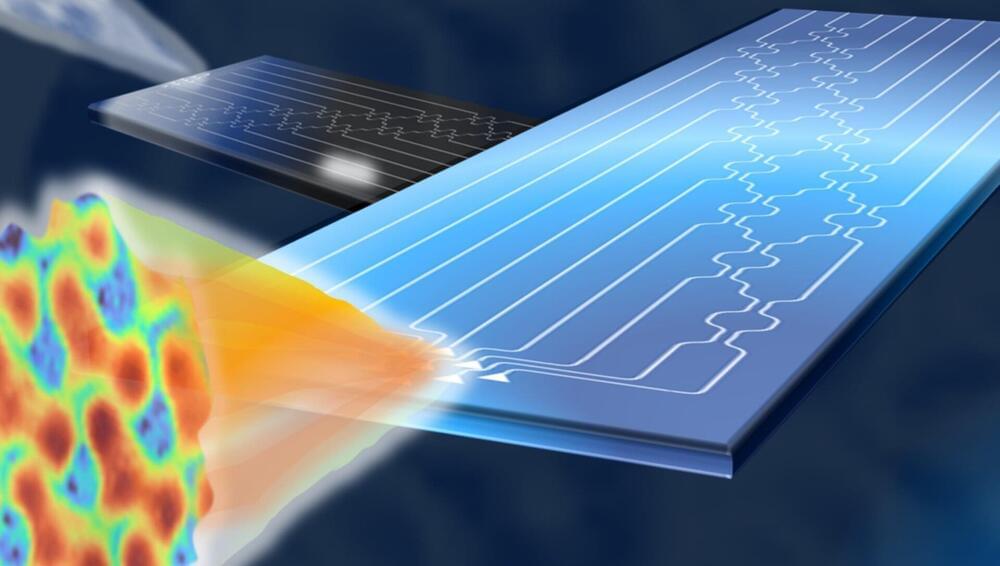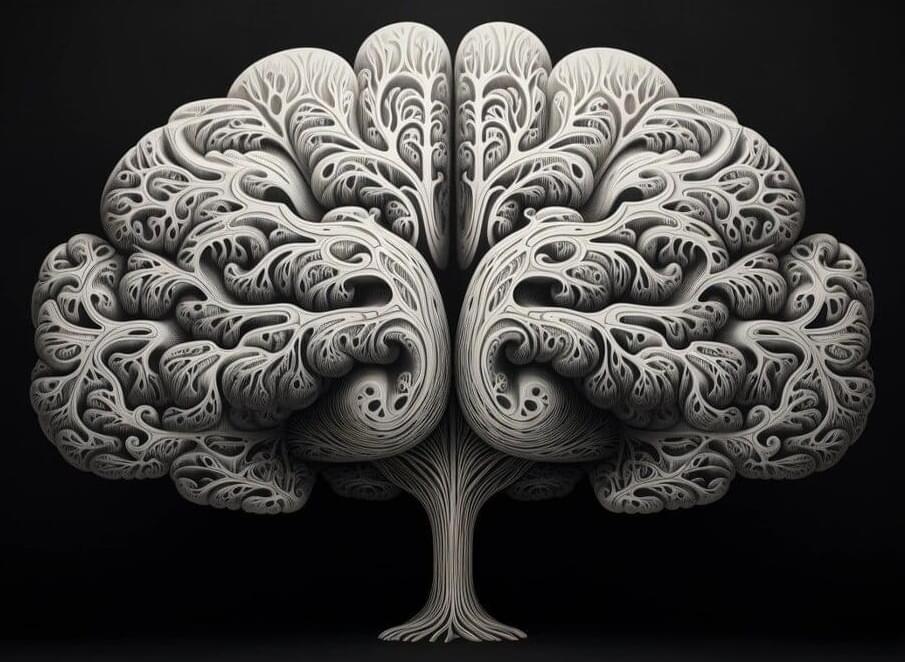Engineered immune cells have demonstrated great efficacy in lymphoma but not in solid tumors. On Oct 13th, 2021, two experts described recent advances in the development of CAR therapy for solid tumors.
Tamara Laskowski, PhD, Scientific Project Director of the CAR NK Program, Adoptive Cell Therapy Platform at the MD Anderson Cancer Center discussed “Engineering off-the-shelf CAR immune cells”.
Maik Luu, PhD, Project Principal Investigator at the University Hospital Würzburg, presented her results on “Improving CAR T therapy efficacy with the gut microbiome”.
BPS Bioscience CAR T-Cell Therapy Products: https://bpsbioscience.com/research-areas/car-t.
More about CAR T-Cell Therapy: https://bpsbioscience.com/car-t-cell-therapy-technical-note.
LinkedIn: https://www.linkedin.com/company/bps-bioscience-inc/
